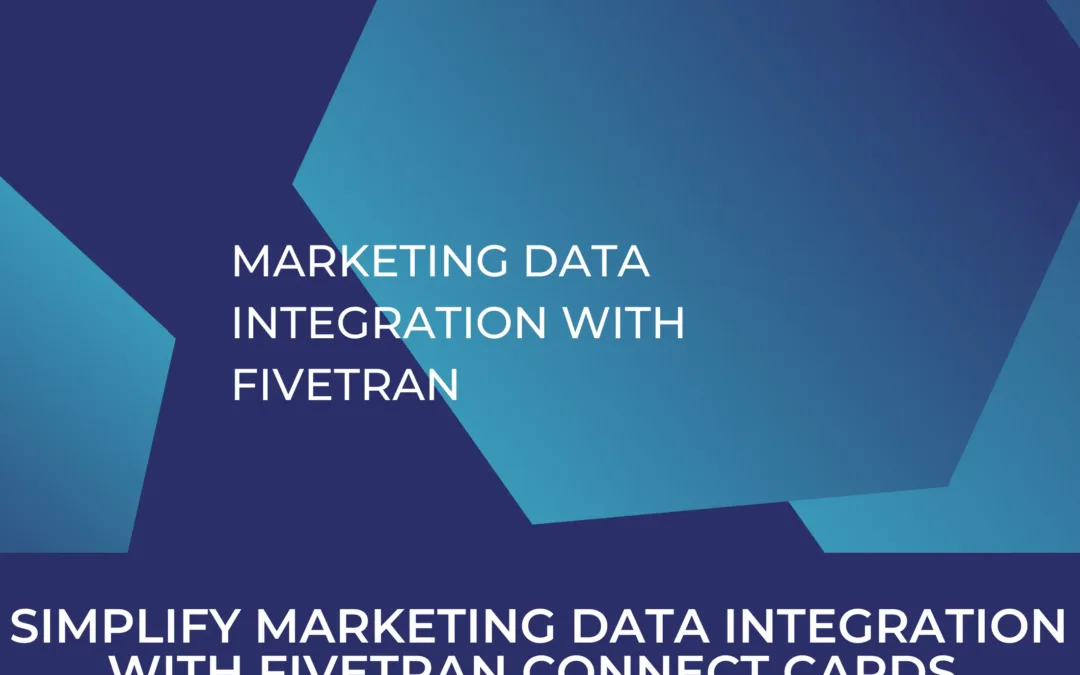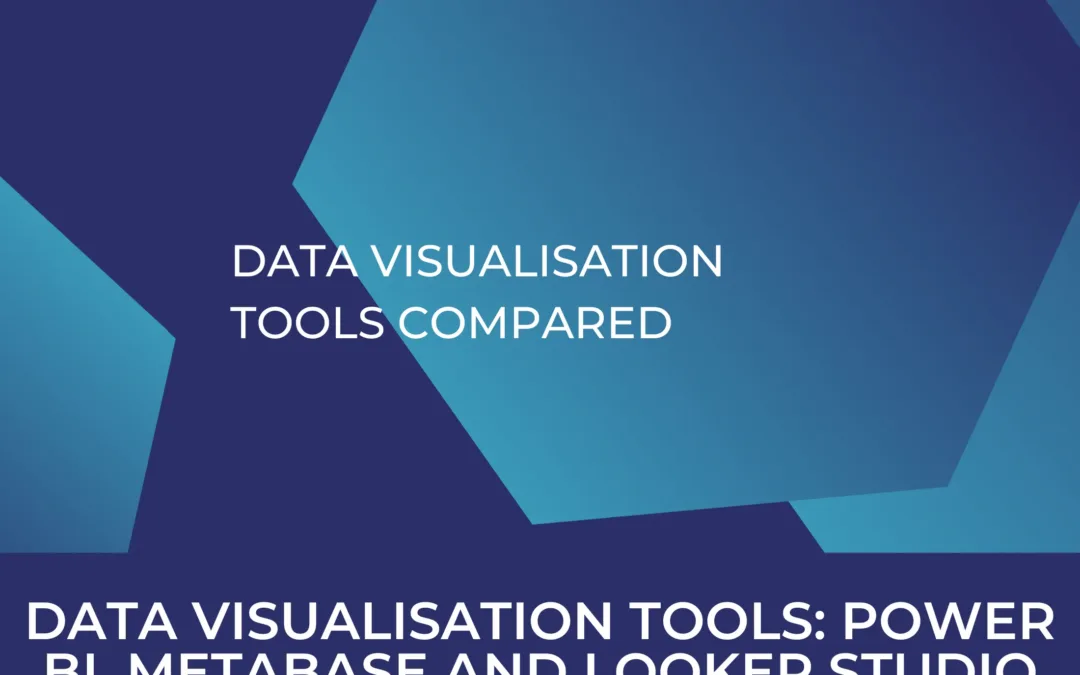API Integration Strategies for Seamless BI Implementation
Table of Contents
In our earlier explorations, we delved into the technical prerequisites and strategic considerations necessary for initiating the integration process. Now, our focus shifts to distilling the essential lessons learned from hands-on experience in the field, aiming to shed light on the nuances of API integration that can significantly enhance the efficacy and resilience of BI platforms.
Lessons Learned
In the rapidly evolving domain of Business Intelligence (BI), seamless API integration stands as a cornerstone for unlocking the full potential of data-driven decision-making.
As organizations strive to navigate the complex landscape of data analytics, the ability to efficiently integrate external data sources through APIs has emerged as a critical factor in the successful implementation of BI systems. This journey, rich with challenges and learning opportunities, builds upon our previous discussions on the foundational aspects of BI and API integration.
As we embark on this detailed examination, it’s imperative to acknowledge the dynamic nature of API integration and its pivotal role in facilitating real-time data analysis and insights. The process of integrating various data sources, each with its unique authentication mechanisms, data formats, and access protocols, presents a multifaceted challenge that requires a thoughtful and informed approach.
Drawing from our journey, we have identified three key lessons that underscore the importance of adapting to the diversity of authentication methods, mastering the intricacies of data extraction, and committing to continuous optimization for seamless BI implementation.
These insights not only pave the way for more effective data integration strategies but also reinforce the value of a collaborative and iterative approach to overcoming the technical and organizational hurdles encountered along the way.
For more detailed input, check out our further articles:
STREAMLINE BI PROJECTS WITH GITHUB AND DBT
In this article, we explore how to leverage GitHub alongside dbt and its associated packages—dbt utils, dbt project evaluator, and dbt audit helper
by Abhiram Palicherla | Mar 1, 2024
BI PROJECTS WITH PYTHON, AWS LAMBDA, SNOWFLAKE
We delve into how the integration of Python, AWS Lambda, Snowflake, and S3 Mediator can revolutionize data handling processes.
by Abhiram Palicherla | Mar 14, 2024
Efficient Data Transformation with Python:
Once data is retrieved in JSON format, Python’s built-in capabilities facilitate its transformation into structured formats like CSV. Python enables businesses to select specific data attributes, apply transformations, and ensure proper formatting tailored to client requirements.

Deploying Python Functions with AWS Lambda:
AWS Lambda, a serverless computing service provided by Amazon Web Services, offers scalability and cost-effectiveness for executing code without the need to provision or manage servers. By deploying Python functions as Lambda functions, businesses can automate data transformation processes efficiently.

Seamless Integration with Snowflake
Snowflake, a cloud-based data warehouse, offers scalable data storage and analytics capabilities. By seamlessly integrating data output from AWS Lambda into Snowflake, businesses can leverage its robust architecture for driving insights and decision-making.
Advantages of S3 Mediator Setup:
Introducing an S3 Mediator into the integration setup brings several advantages. By using Amazon S3 as an intermediary storage layer between AWS Lambda and Snowflake, businesses can decouple data processing from data consumption. This decoupling enhances scalability and fault tolerance, as each component can scale independently and failures in one component do not affect others. Additionally, S3 provides a highly durable and scalable storage solution, ensuring reliable data transfer and storage.
Building dbt Models on Top
The popular open-source tool dbt (Data Build Tool) is great for orchestrating and automating the process of building data models in Snowflake. With the data already stored in Snowflake and transformed using Python, AWS Lambda, and S3 Mediator, businesses can easily leverage DBT to create transformation pipelines and build analytical models on top of their data. DBT’s modular and version-controlled approach simplifies the management of complex data transformation workflows, enabling businesses to rapidly iterate and deploy changes to their analytical models.
Conclusion
In conclusion, the integration of Python, AWS Lambda, Snowflake, and S3 Mediator offers a robust solution for businesses aiming to streamline data integration, enhance business intelligence capabilities, and build scalable data pipelines. By harnessing Python’s agility, AWS Lambda’s scalability, Snowflake’s analytical prowess, and the advantages of an S3 Mediator setup, businesses can unlock the full potential of their data assets, gaining a competitive edge in today’s data-driven landscape.
If you need support in setting up or improving your Business Intelligence Infrastructure and would like to take your data strategy to the next level, feel free to get in touch with our experts at any time for a no-obligation call.




